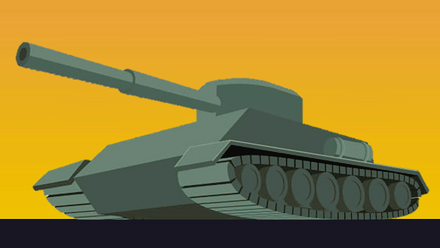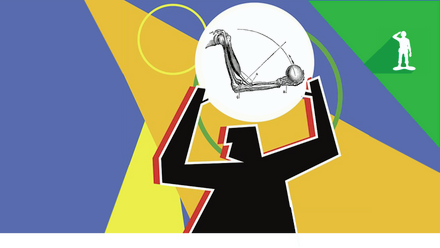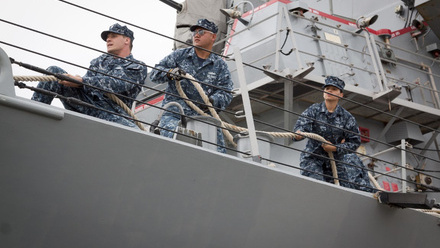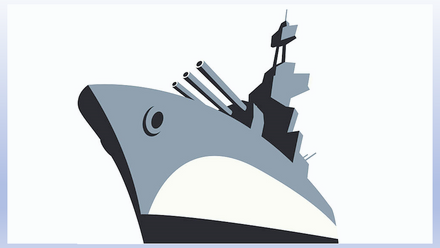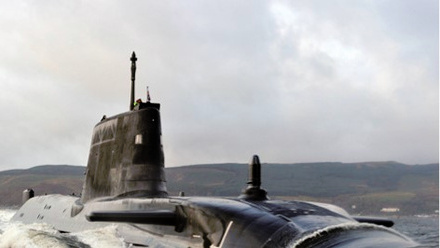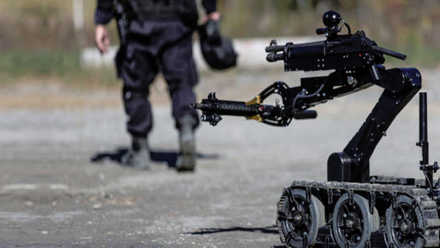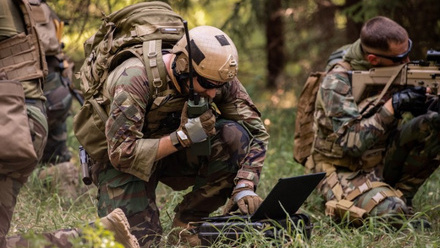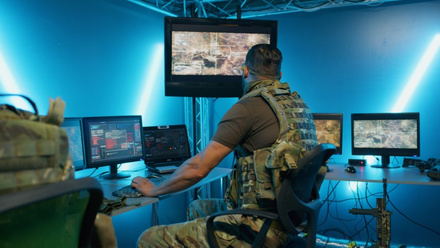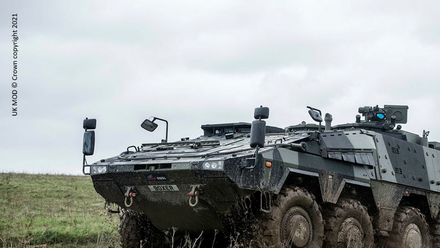Defence human factors
The military was one of the first sectors to benefit from human factors. In the 1940s, during WWII, it was applied to try to improve the fit between equipment and pilots. For example, controls to operate the landing gear and aircraft flaps were almost identical, causing predictable problems. The engineering fix was to make the controls look and feel like the equipment they represented - a wheel for the landing gear and a wing-shaped control for the flaps. Another application was to redesign ventilation in tanks to reduce the incidence of heat stress for those inside.
Other areas of human factors work includes helmet design (including head-up displays), manual handling of equipment (especially in difficult terrain), protective clothing, teamwork and leadership, communication, situation awareness and much more - on land, sea and air.
Defence is, and has always been, faced with organisational and technological change, but senior commanders recognise that people remain the most important part of military capability – able to adapt to the unexpected and capitalise on opportunity. Changes to force numbers, gender composition, organisational structure and the introduction of new technologies such as AI, Machine Learning and autonomous platforms represent significant challenges to the defence human factors community.
In the UK, the defence human factors community is well-served by a long-standing UK Ministry of Defence - Industry Human Factors Integration (HFI) Liaison Group (MOD-Ind HFILG) which brings together those working in the UK MOD and across the UK Defence Industry to support the development of HFI policy, process and guidance. This group provides an interface between this established forum and the wider CIEHF membership.
Browse our resources
Watch our webinars on-demand

